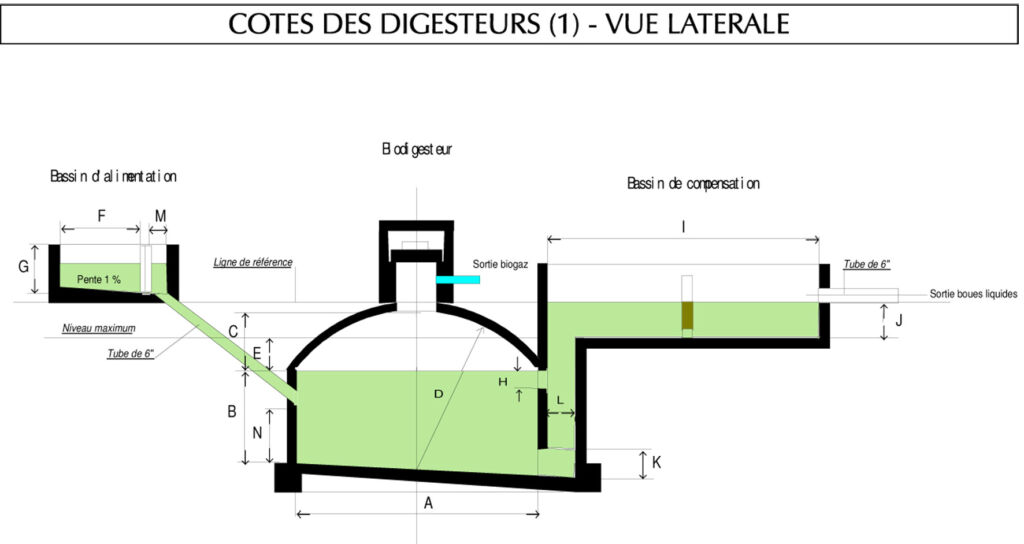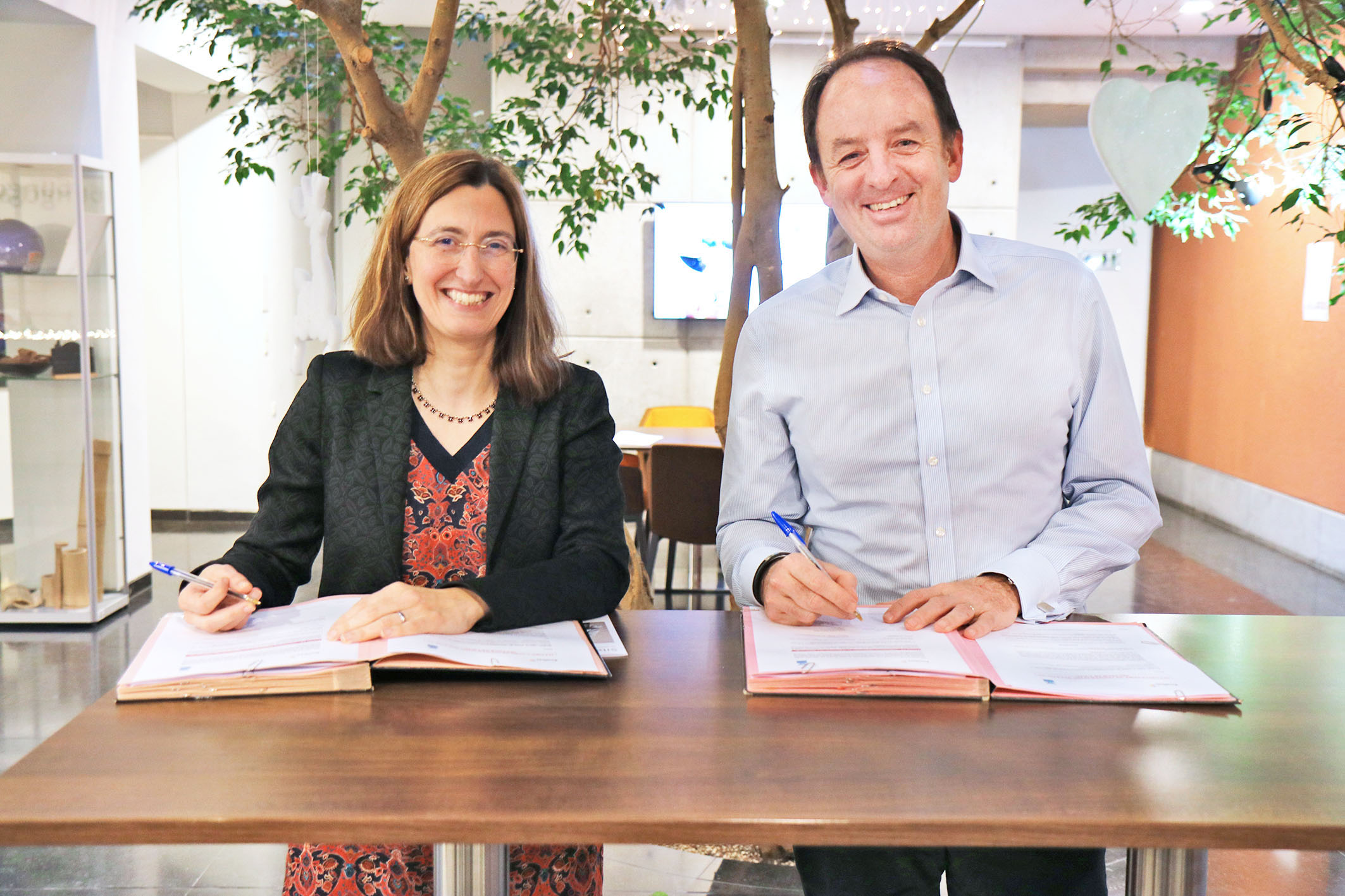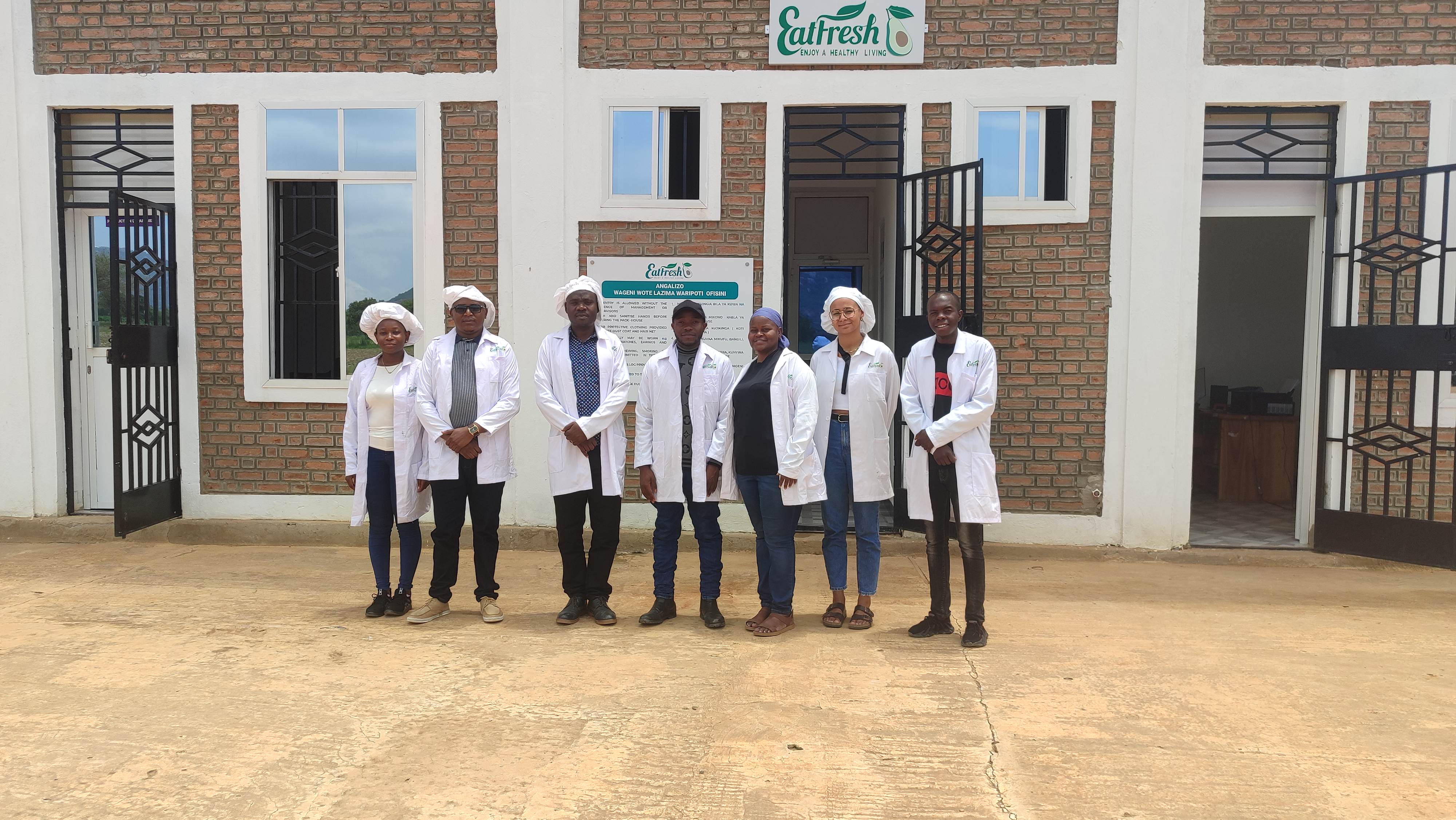Domestic biogas, a sustainable energy solution tested in Niger
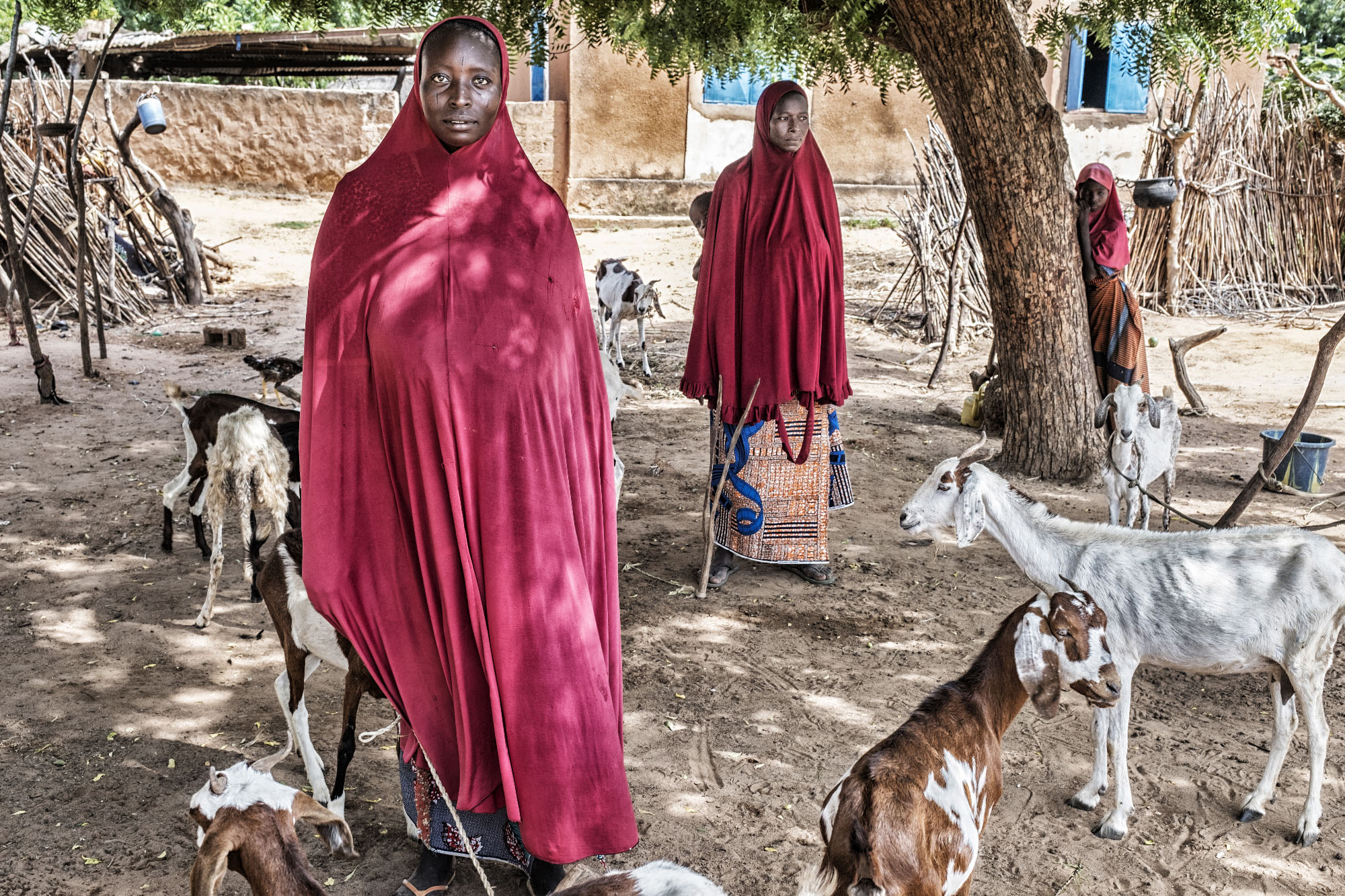
In Niger, more than 90% of households use wood as fuel for cooking. To help preserve the environment, Enabel is experimenting with the production of domestic biogas with 10 agropastoralist households in the villages of Nawdéo and Rounto Tanda in the Dosso region.
Beside the positive impact on the environment, the use of biogas also impacts school attendance as children, who usually are the ones who have to fetch wood, now have time to attend school.
Niger, in the Sahel region, has an economy that is largely based on agriculture and livestock. In 2020, agriculture accounted for 80% of the country’s jobs and 87% of jobs were in livestock. This primary sector remains vulnerable and the country is experiencing the full impact of climate change: torrential rains and flooding, droughts, rising temperatures, etc. Combined with poor environmental practices, this leads to severe soil and vegetation degradation and the continued advance of desertification.
In Niger, the cutting of wood for cooking and domestic lighting remains a widespread practice. Indeed, wood is the main source of energy for cooking and is used at national level by 93.6%* of households. Furthermore, in the villages, the firewood cutting chore takes up a large part of the time of women and girls, reducing their opportunities for income generation or schooling.
Based on this finding and with a view to reducing the dependence on fossil fuels and promoting sustainable energy, the government of Niger through its energy policy aims to improve the access to renewable energy.
With the support of the Biogas Initiative for Africa in 2008 Niger conducted a feasibility study for a household biogas programme. The study concluded that the basic conditions for a commercially viable development of an ambitious domestic biogas programme were good, especially in regions with large-scale irrigated agriculture.
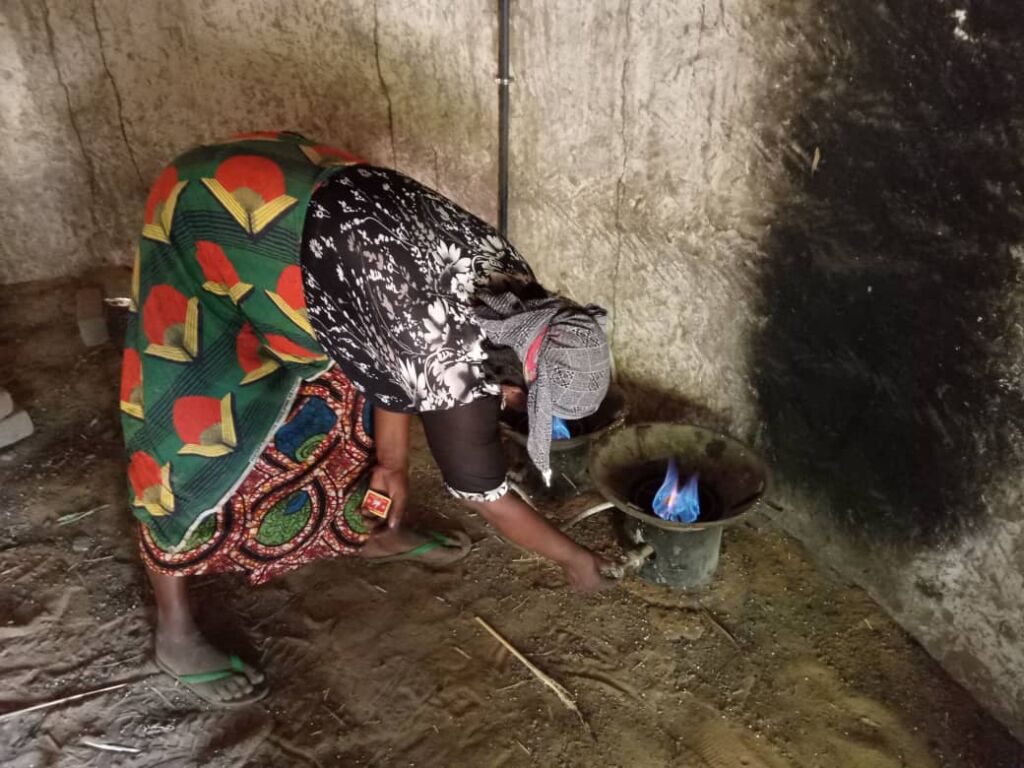
Indeed, livestock farming is practised by about 87% of the population as a main or secondary activity and remains, for the most part, extensive. However, more and more agricultural entrepreneurs (agropastoralists, fatteners) are practising intensive or semi-intensive livestock farming. Intensive livestock feeding is characterised by full stabling of livestock, i.e. feeding stock in a stable. The animals are kept at the farm and intensively fed. This approach to livestock feeding firstly serves productivity.
Semi-intensive livestock feeding, on the other hand, pertains to partial stabling of livestock. The animals go out to pasture during the day in search of food and are further fed at the farm. With this type of livestock farming animal waste can be recovered and used to produce biogas.
As a consequence, a few biogas experiments have taken place but without a clear vision of developing a national biodigester programme. That is why Enabel, tests the production of domestic biogas with 10 agropastoral households in the villages of Nawdéo and Rounto Tanda.
What is biogas?
Biogas is produced from the fermentation of organic matter in the absence of oxygen. It is an odourless, clean gas. It does not emit smoke. Its use reduces the use of wood, coal and butane gas. The fermentation residue can be used as fertiliser in agriculture.
The Boubé Dérérou household, agropastoralists from the village of Nawdéo, have been testing the biodigester since December 2021. This family of 7 uses biogas for 2 to 3 hours a day to prepare daily meals and for hot water.
“With biogas we could reduce our fuelwood needs by some 40%. That makes life easier as we have more time now,“ witnesses Ms Dérérou.
Children and especially girls, who usually are the ones who have to fetch wood, now have time to attend school.
Mr Dérérou explains: ”Every day we pick up 40 kg of dung from our 4 cows and we haul water to run the biodigester.“
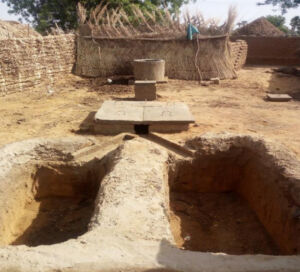
What is a biodigester?
A biodigester is an underground tank for fermentation without light or oxygen. Fresh animal excrement is placed in the tank. Gas is produced through methanisation. The gas is delivered to the kitchen to cook food. It can also be used for lighting.
To build a 6 m3 biodigester building materials (sand and gravel, rocks or rubble) are needed and an equipped stable with a minimum of 3 head of cattle and water at disposal are required.
1 kg of cow dung is good for producing 40 litres of biogas.
Many challenges, one solution
Biodigesters in Niger address economic, environmental and social challenges that the country faces.
Rural areas are home to the most vulnerable households, for whom access to modern energy is very limited. On the other hand, agriculture and livestock farming occupy more than 80% of the country’s active population and the land is in great need of fertiliser.
Large-scale use of this technology will result in substantial savings. Also, the biodigester can substitute fossil fuels sources and is a real methane trap; as such it helps to reduce greenhouse gases.
The living conditions of rural populations, who previously had no access to energy, are considerably improved.
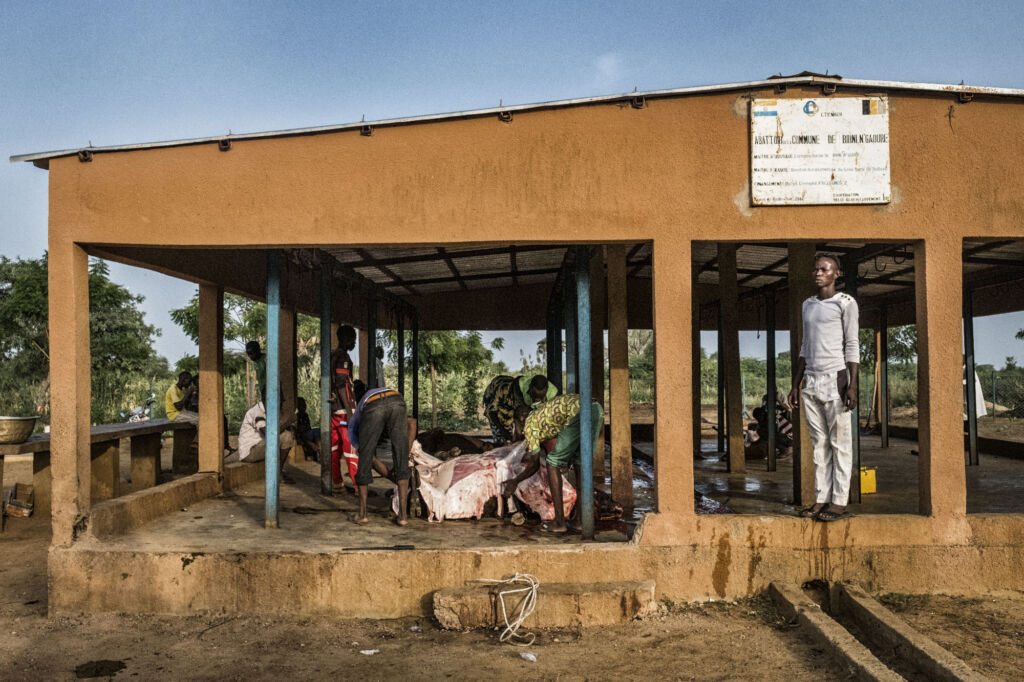
Advantages of using biogas:
- Social: reduced workload, more time for other activities;
- Economic: savings on fuelwood expenditure, job creation;
- Health: no smoke, reduced eye and respiratory diseases, improved hygiene conditions;
- Agricultural: increased soil fertility and production;
- Environmental: preservation of vegetation.
The benefits of biodigester technology are clear and provide solutions to household energy concerns while enabling adaptation to climate change and greenhouse gas reduction.
* According to the National Socio-Economic and Demographic Indicators Evaluation Study (ENISED) carried out by the National Institute of Statistics in February 2016.
